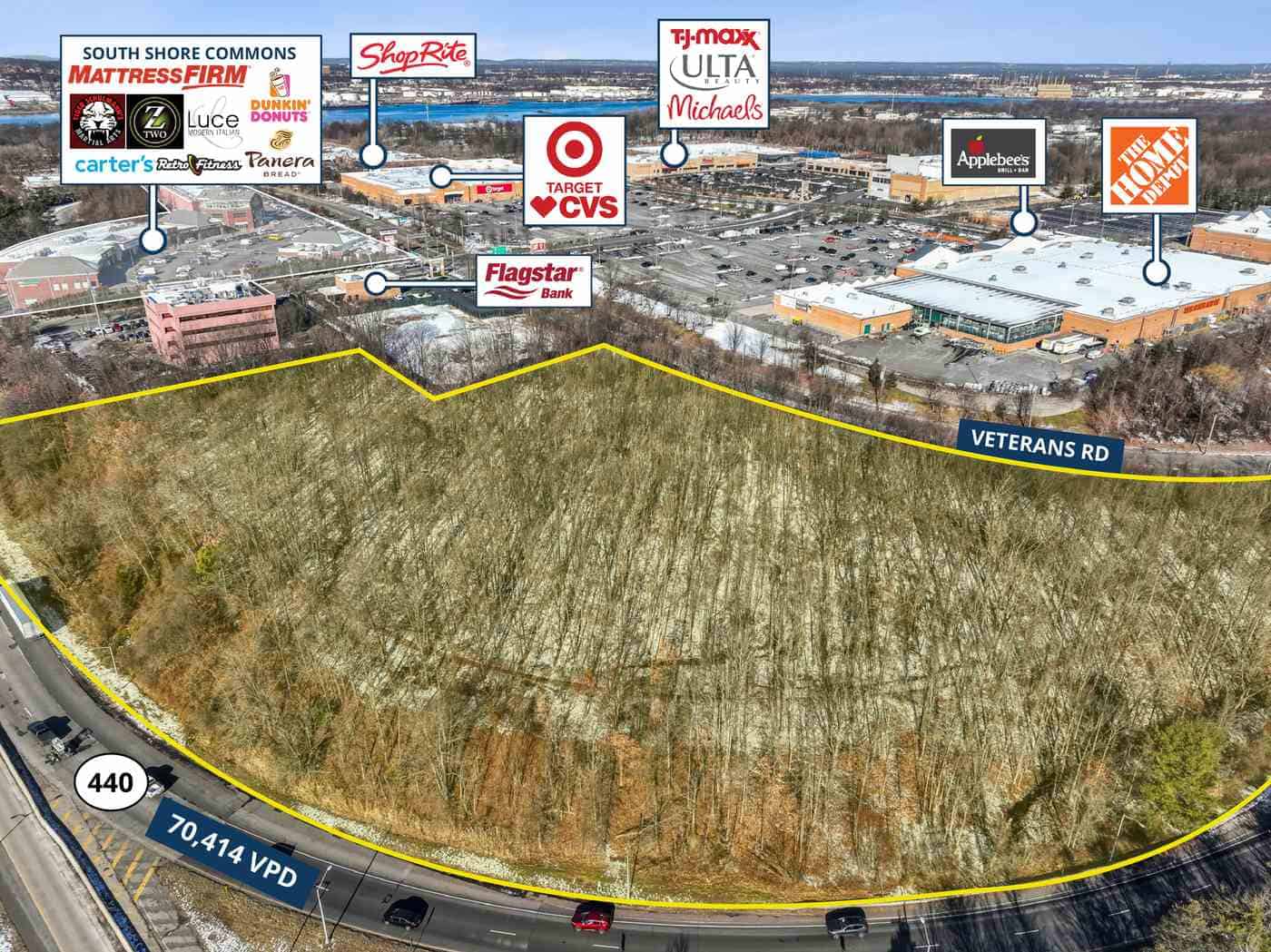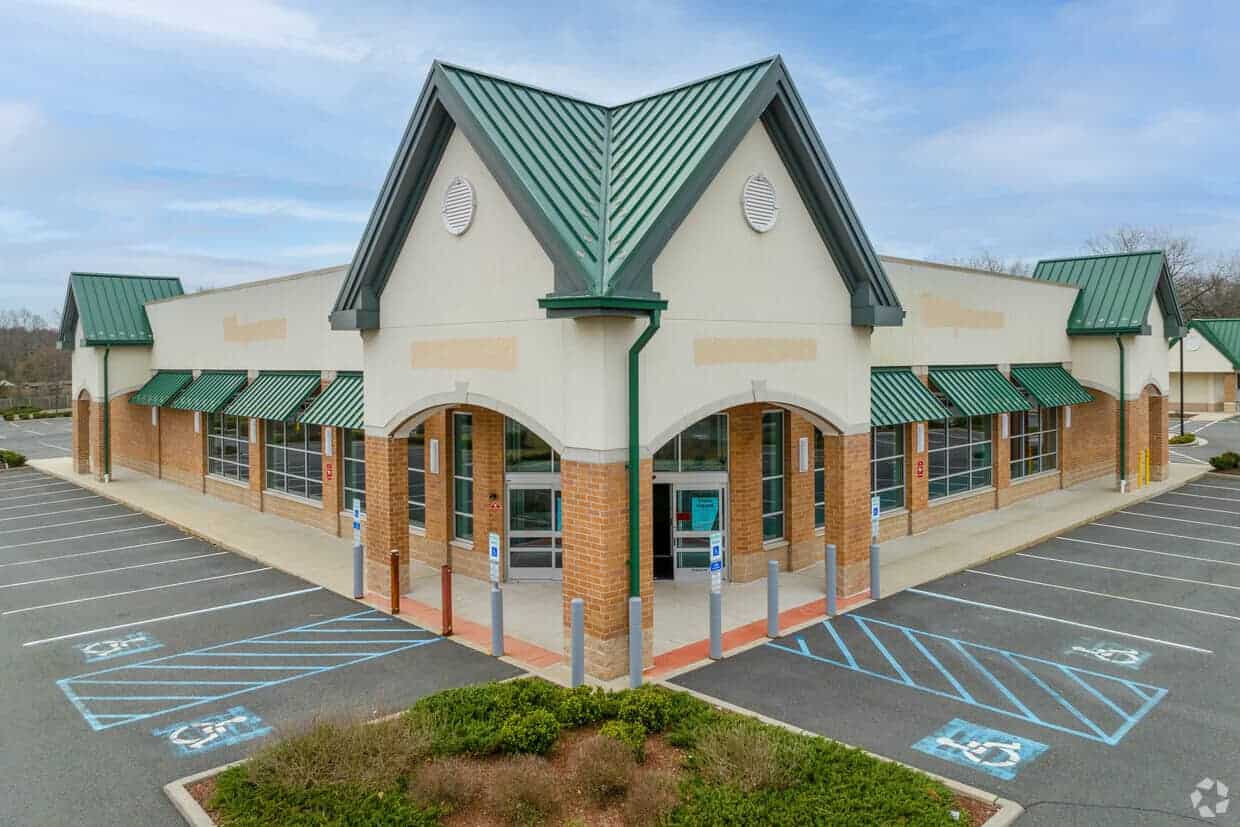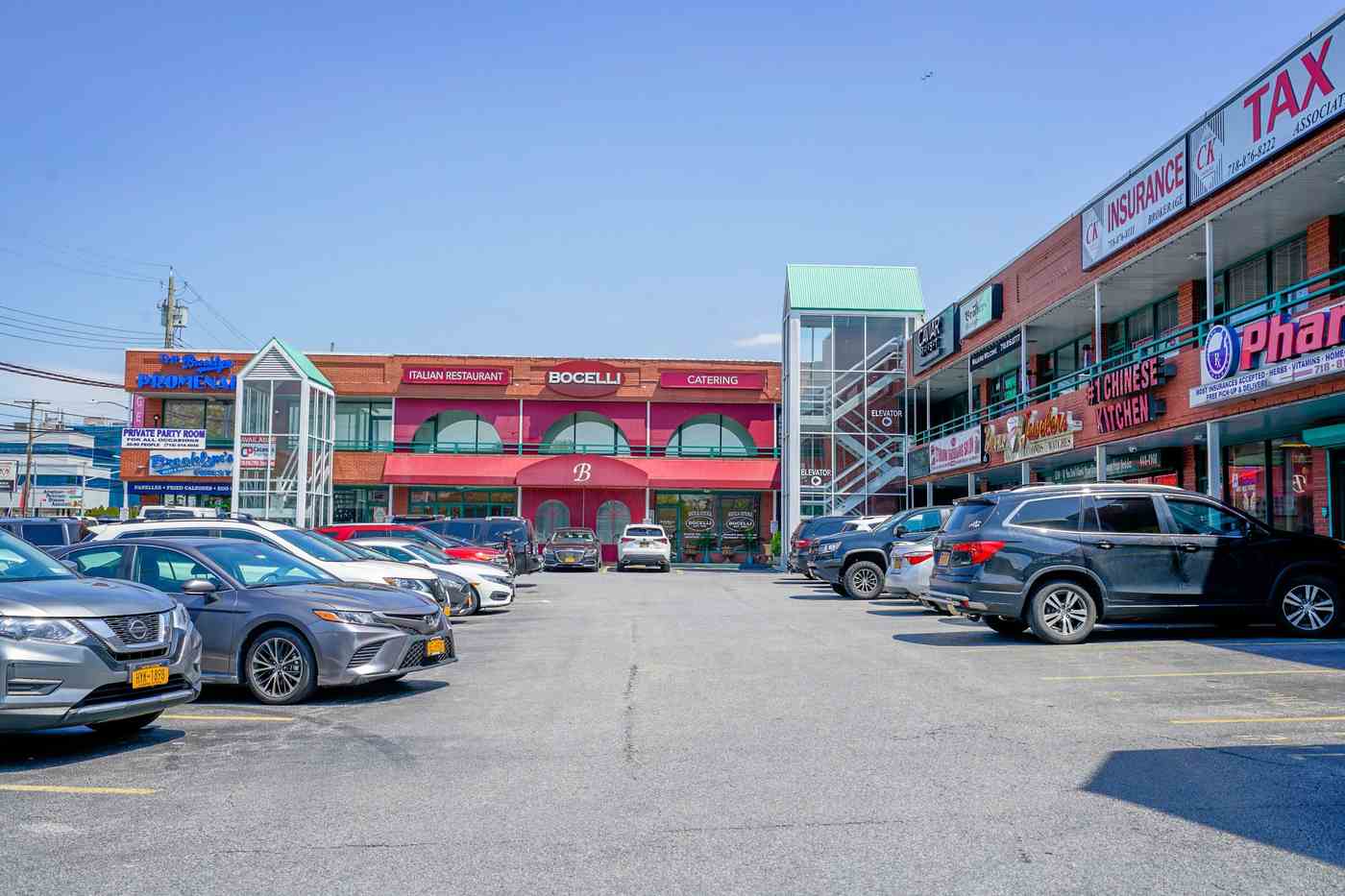Before You Buy
The first step of this forklift buying guide is to understand what you’re looking for. A defective forklift will cost you thousands and could delay your entire operation so only consider the best forklifts.
Before browsing forklifts, know what you plan to accomplish and whether your team has any specific requirements.
For instance, if an employee has a bad back then find a brand with the best ergonomics. Safety is paramount so choose the company with the best safety features.
New vs Used
The next step in our guide for buying forklifts is deciding whether to buy new or used. Not all businesses need to splurge on new machinery but if you’re buying used, pay attention to several factors.
Age, for example, is one of the most important aspects. You’ll find it imprinted within the serial number stamped on the mast. The manufacturing year may also be included.
If you’re buying used, find a forklift that’s around five years old and consider its service hours. This is divided into “key hours” and “deadman hours”.
Key hours represents the motor’s running time but it doesn’t account for the forklift’s idle time.
For this information, check “deadman hours” which is activated once the operator pushes on the deadman pedal, proving it’s used.
On average, a five-year-old forklift with 12,000 hours is heavy use so find one with 6,000 hours or less to be safe. If you’re interested in used machines, check out these piggyback forklifts for sale.
Different Types of Forklifts
Before reading a guide for buying a forklift, you must know the types and which model is best for you. Consider the following, for example:
Order Pickers
This type of forklift is common in warehouse and retail environments so operators can reach items on shelves 11 feet high.
Order pickers are available as electronic lifts. Electronic lifts let you move and reposition the machine so you save time but they move vertically.
Electronic forklifts have a 400 to 700-pound capacity and the 23 to 25-inch models are popular as they have a single-person operation.
Order pickers are best for lighter loads, indoor use, and are battery-powered so they come with a built-in charger.
Pallet Jacks
Otherwise known as pump trucks, pallet jacks are popular in a warehouse or retail environment.
The operator can move the pallet of goods either by unloading a truck or moving the load to another location in the warehouse.
Pallet jacks don’t require extensive training so they’re popular and cost-effective for companies. You can get manual and electric models, though the manual is far less expensive.
Electronic models are operated by fingertip controls so the operator doesn’t have to manually pump the forks off the floor. Both types of support between 3,000 to 4,000 pounds, a perfect investment for a large company.
Reach Forklifts
Reach forklifts let the operator deftly reach into warehouse racks, unlike regular machines. They also have a compartment so the employee has greater visibility, fantastic for indoor work.
It’s important to note reach forklifts can support 2,500 to 5,500 pounds.
Industrial Counterbalance Forklift
Counterbalance forklifts are used in warehouses, stores, and outside on stable surfaces. They’re easy to operate and have dual forks at the front of the truck to lift and transport goods.
Counterbalance forklifts support 3,000 to 80,000 pounds, making them the most versatile model.
Questions to Ask the Dealer
If you’re not sure how to buy a forklift, find a reputable dealer who is an expert.
An excellent dealer supports you so the forklift runs smoothly, thereby reducing operating costs. Before investing in a dealership, ask a range of questions to gauge whether they’re compatible.
You should ask:
How long have you been in business?
Are your forklifts certified?
What kind of insurance do you carry?
I’m interested in this forklift. How many have you sold in the last year?
The insurance question is crucial because if they don’t have worker’s compensation insurance and one of their mechanics is injured at your site, you’ll pay the fee.
Common Mistakes When Forklift Shopping
There are many common mistakes when buying a forklift. For example, don’t buy the cheapest model that meets your minimum requirements. Consider other important factors so you have a well-rounded idea of the best forklift for you.
You should also rent out the model and test it in your working environment. Ask the operator for their input too as they’ll be driving it all day.
Also, get a maintenance plan so you can catch problems early on so your operators are safe. Regular inspections also extend the life of your forklift, saving you money over time.
That’s How You Find the Best Forklift
Now you know how to find the best forklift for your business.
Decide between a new or used machine, the type of forklift you need, and whether you have any specific requirements. Once you find a reputable dealer, ask them questions regarding the machine and their expertise.
A great dealer will find you the best forklift deal so your business can stay efficient and have no surprise operating costs. Happy shopping!
Did you find this article helpful? If so, check out our articles on everything from News to Real Estate.







Leave a Comment